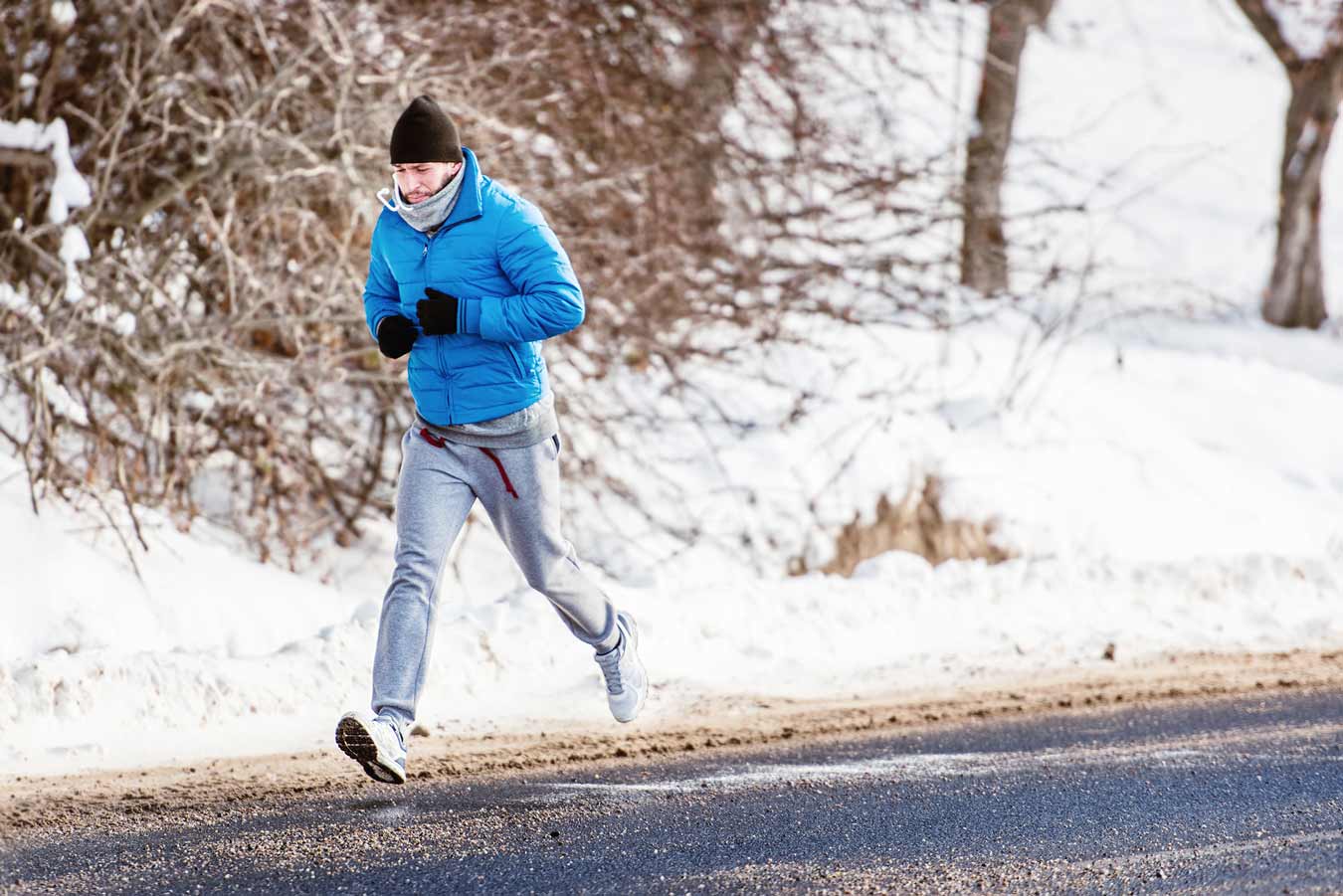 Why Does My Back Hurt Worse in the Winter?
Why Does My Back Hurt Worse in the Winter?
There are actually many reasons you may find your back hurts this winter, and it’s not all about the weather, either. Outdoor activities change and often become harder on your body with the change in temperatures. Here are some reasons why you need to protect your back this winter:
- The cold tightens up your muscles overall, especially if you’re spending more time outside.
- Shoveling commences during winter, which can strain your back when you lift heavy shovelfuls with your back instead of with your legs.
- Cars are more likely to get stuck due to due to ice and snow, so remember to push with your legs.
- Thanksgiving and Christmas often means you’re carrying packages for the holidays. Don’t carry awkward boxes by yourself. And protect your back by carrying less.
- If you’re an outdoor exerciser, winter may mean less exercise for you. Don’t lose needed muscle tone that protects your back; move indoors to exercise whenever possible.
- Your old injuries and conditions like arthritis or sciatica often act up with the cold.
- Icy conditions result in more falls, so you need to be extra careful on steps and long walks outside.
What Can I Do to Reduce My Back Pain?
You can find lots of advice you can heed and actions you can take to keep pain from flaring in your back in the midst of winter. Protect your back this winter by:
- Wearing warm layers of clothes. Make sure your shirt is tucked in and your coat is long enough to cover your back to keep cold drafts out.
- Wearing proper shoes. Non-slip boots that are meant for snowy and icy conditions are best.
- Go for warmth as soon as you come inside. Get wet, cold clothes off and get under some blankets. If you have an electric blanket or heating pad, use it on your back.
- Keep your muscles warm. Whether you’re outside or inside, protect your body from the cold, including while you sleep.
- Continue to exercise inside or at a local gym. Your muscles will stay loose, and you’re less likely to pull something. Stretching and flexibility exercises should also be part of your exercise routine.
- Eat well in the winter. Extra sugar and caffeine consumption during the winter is common and those foods can cause a lot of inflammation which is connected to body and muscular pains.
- Learn to shovel properly. If you get caught in a blizzard — or any storm that leaves some snow behind, learn the proper technique for shoveling: lift with your legs, don’t carry more than you’re able and take frequent breaks.
Whether you’re stuck in snow or just colder than average temperatures, protect your back by getting a checkup at the Southeastern Spine Institute in Mt. Pleasant, South Carolina. Even the slightest twinge may be a sign of a serious back problem. If you’re in pain, remember that it’s your back, so it’s your choice where you go for medical care. Choose the Southeastern Spine Institute for advanced diagnostics, excellent care and numerous treatment options.
Sources:
